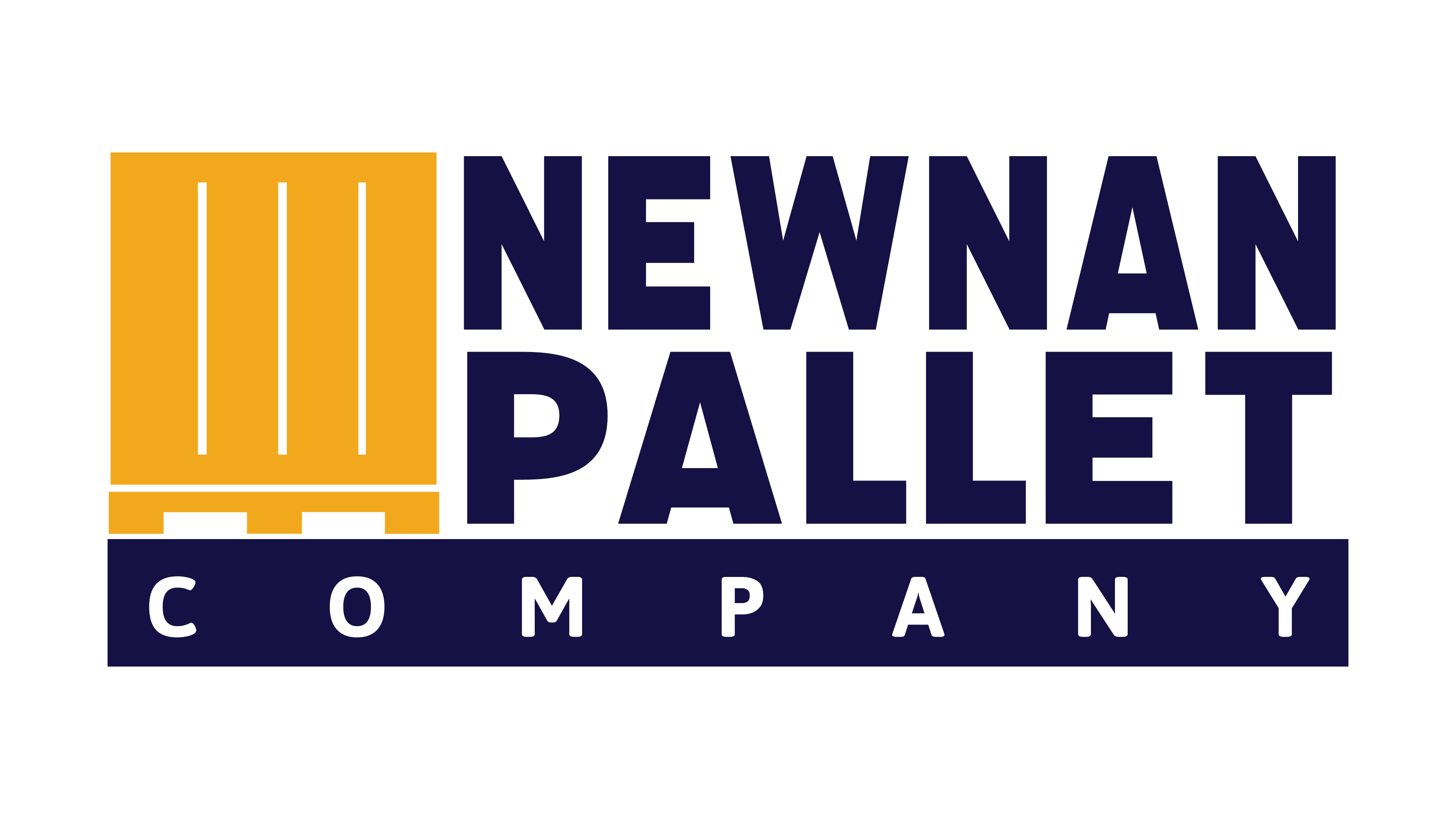The trucking industry continues to navigate an array of challenges caused by changing market forces as well as regulations.
As the sector starts to pull out of a freight recession, business leaders are wondering what is next and what will drive success in the future.
Challenges include a delayed market recovery, a thin driver pool, and a complex and inconsistent overlay of state and federal regulations, especially the impending EPA27 rules. Many in the trucking sector believe that regulators are pushing too hard for changes before new technologies and necessary infrastructure are ready for prime time. Meanwhile, newer truck technologies are making drivers more efficient and safer, and will hopefully help attract more talent to the industry. Let’s evaluate these key trends and how they will impact your transportation operations.
Reported Cargo Theft Is Surging, But Not for Pallets
Cargo theft is a growing problem, with recent data indicating a significant uptick. According to CargoNet, the first quarter of 2024 saw a 46% increase in cargo thefts compared to the same period in the previous year, with 925 documented incidents totaling an estimated $154.6 million in stolen goods. This trend highlights the critical need for businesses to understand the current landscape of cargo theft, recognize geographical hotspots, and adopt effective protective measures.
Fortunately, the surge in cargo theft does not extend to pallets, which remain a stable category. May Keller, a PR representative for Cargonet, confirmed with Pallet Enterprise that theft in the building products category, which includes pallets, has shown no significant change compared to Q1 2022 and Q1 2023. This stability provides a reassuring note amidst the overall increase in cargo theft.
The rising trend in cargo theft is driven by economic pressures and increasingly sophisticated criminal methods. Fraud and forgery are prevalent tactics, with thieves using deceptive means to steal identities and entire shipments. Unauthorized drivers, armed with false identities and a legitimate pickup number, are stealing loads. For example, a recent incident in Texas resulted in the loss of a load of avocados, costing over $200,000.
Cargo theft hotspots in the United States include major commercial hubs such as Southern California, the Dallas-Fort Worth area, Atlanta, and the corridor spanning New York, New Jersey and Eastern Pennsylvania. These regions are attractive to thieves due to their high volume of freight traffic and numerous distribution centers.
Unprotected lots and unattended trailers are also common targets for theft. Busy yards with equipment continually arriving and departing provide the distractions needed for criminals to act quickly and evade detection.
Market Recovery or Seasonality?
The trucking market in the United States has seen tough times over the last two plus years. However, recent data points to signs of improvement, although questions remain whether this is a seasonal uptick or the beginning of a genuine recovery.
Speaking at a recent media event, Magnus Koeck, vice president, strategy, marketing and brand management, Volvo Trucks North America, believes there is light at the end of the tunnel as inflation and employment normalize.
“I’m very convinced that in the end of this year, we may need to wait until after the election,” he said, “but the trucking market will come back even if the economy may not be that strong.”
Mike Regan, co-founder of TranzAct, is also saying that recovery might take longer than expected. “Many CEOs and financial analysts thought truckload rates would be rising by the end of the second or certainly, in the third quarter, they would be able to raise rates,” he wrote in July. “That has yet to happen. Now they’re pushing rate increases out to the fourth quarter of 2024 and potentially into 2025.”
In recent months, trucking capacity has continued to drop as the market seeks a new equilibrium. According to the June Motive Monthly Economic Report, 1,229 trucking companies exited the market in May, an amount 67% lower than in January. May marked the third consecutive month with fewer than 2,000 exits, Motive noted, indicating that market contraction continues to stabilize and move toward positive growth.
Spot truckload rates rose in May on the back of seasonal reefer trailer demand for fresh produce, according to DAT Freight & Analytics. For flatbed trailers, however, spot rates remained unchanged.
Some carriers are seeing light at the end of the tunnel. “We are finally seeing an active freight market in the last month, surely fueled by summer weather, end-of-quarter and 4th of July, but we did not see this last year,” John Vaccaro, president of Bettaway, told Pallet Enterprise. The company has a fleet of more than 150 power units. “We are seeing tightening in some markets, rejection rates are increasing, and some lanes are showing price stress. These are the (positive) winds of change, no one wants to call it as a full upward turn, but the next two months will tell the story.”
And as for the angst regarding the driver shortage that drove headlines a few years ago, that concern has subsided for the moment. “The driver shortage story has kind of been the ghost of the industry, it appears and haunts us during tight times, and then the story changes when it’s soft like now and drivers are abundant,” Vaccaro noted.
The promise of automated trucks remains elusive for now. Vaccaro stated, “We are still far out from self-driving trucks doing commercial mainstream deliveries. The good news is that trucks are so much better and smarter than 10 years ago, with automatic transmissions, lane departure systems, blind spot alerts and good GPS routing. The job has certainly become easier as well. So, I see a wider demographic of people wanting to be drivers as the trucks become easier, and the demand grows. It’s a good steady job if you land with the right company, and pay should continue to improve.”
Regulatory Quagmire
As always, the regulatory landscape for trucking remains complicated.
There are a number of Department of Transportation (DOT) rule changes anticipated to be announced this year, including mandatory speed limiters. auto emergency braking systems, FMCSA safety management system update, new drug/alcohol testing procedures, a crash prevention determination program and more. While many fleets already govern truck speeds, the proposal is being met with pushback from operators.
Another hot button has been California’s Advanced Clean Fleets Regulation, which was set to take effect on January 1, 2024, before being postponed. The regulation mandates that a progressively increasing percentage of new truck sales be zero-emission vehicles to achieve a fully zero-emission truck fleet by 2045. However, concerns within the industry include the high cost of zero-emission vehicles, the readiness of charging infrastructure, and potential impacts on operational efficiency and logistics.
Another looming concern is EPA27, formally known as the Environmental Protection Agency’s 2027 Low-NOx Rule, which mandates stricter nitrogen oxide (NOx) emission standards for new heavy-duty trucks starting in 2027. Experts have estimated that outfitting trucks with the necessary advanced emission control technologies will increase truck costs by $20,000 to $30,000 per power unit. The looming cost increase is resulting in a “pre-buy” phenomenon as fleets are rushing to order new equipment without the added emission controls for delivery before 2027.
Vaccaro recently attended a customer EPS27 seminar. “It’s one of the most confusing and convoluted government initiatives I have ever heard,” he said. He acknowledged his commitment to continuous improvement and environmental responsibility, but he is skeptical of the rush to market. “My take is at the end of the day we will be paying 20% more for trucks in the next two years and at the same time will likely suffer with new equipment breakdowns as we did last effort.”
Newer Trucking Technologies Become Mainstream Tools
Operators, such as Bettaway, are embracing truck innovation. “We continue to invest in technology, buying the latest trucks and trailers with safety and efficiency features. We also have three brand new all-electric hostling tractors, or switchers, working in our yards.”
Technologies such as telematics, fleet management systems and Advanced Driver Assistance Systems (ADAS) are becoming increasingly widely adopted. Telematics involves using telecommunications and informatics to monitor and manage vehicles remotely. This technology integrates GPS tracking, onboard diagnostics, and various sensors to collect real-time data on vehicle location, speed, fuel consumption, engine performance, and driver behavior. Fleet management systems utilize this data to optimize fleet operations, enhance safety, and improve efficiency.
For fleet owners, telematics and fleet management systems provide a comprehensive view of their operations, generating precise location and optimized route planning. This reduces fuel consumption, minimizes idle time, and ensures timely deliveries. The ability to monitor driver behavior, such as speeding, harsh braking, and rapid acceleration, promotes safer driving practices. Additionally, telematics helps in preventive maintenance by providing alerts for engine diagnostics and maintenance schedules, reducing downtime and extending vehicle lifespan.
The benefits of telematics and fleet management systems are equally significant for customers. Real-time tracking provides transparency, allowing customers to monitor the status and location of their shipments. This visibility enhances trust and improves customer satisfaction by providing accurate delivery times and updates. Customers can be promptly informed in case of delays, enabling them to adjust their plans accordingly.
ADAS technologies, such as collision avoidance, lane-keeping assistance, and adaptive cruise control, are increasingly being integrated into trucks. These systems enhance safety by assisting drivers in avoiding accidents and maintaining better vehicle control.
For emerging technologies such as Class 8 EVs, widespread adoption is still a slog, even as investment, research and early adoption gain traction. Volvo, the global leader in heavy-duty electric trucks, sold 328 units to U.S. customers in the first quarter of 2024. Since entering the market in 2019, it has sold over 4,300 units and expects EVs to account for half of its global heavy-duty truck sales by 2030.
“The Class 8 EV has been DOA, still not mainstream, with few available trucks after 5 years of promises and no infrastructure,” Vaccaro observed.
One large technology play that Bettaway has made recently isn’t regarding its power equipment – it is optimizing the purchase and sale of pallets through its PalletTrader platform. “We are pedal to the metal with PalletTrader,” Vaccaro said. “We have a healthy pipeline of sales, and tier-one customers are engaging in the technology. We are excited about some new releases coming next month in PalletTrader.”
The trucking market is arguably showing signs of a gradual, uncertain recovery. Meanwhile, it grapples with regulators, higher equipment and maintenance costs, and a tsunami of R&D that, to this stage of the game, is incrementally improving trucking efficiency rather than transforming it. There continue to be bumps in the road and operator headaches, and a likelihood for that to continue – even as trucking becomes increasingly greener.
The post Trucking Trends Update: Recovery Outlook, Regulatory Challenges and Emerging Technologies first appeared on Pallet Enterprise.

